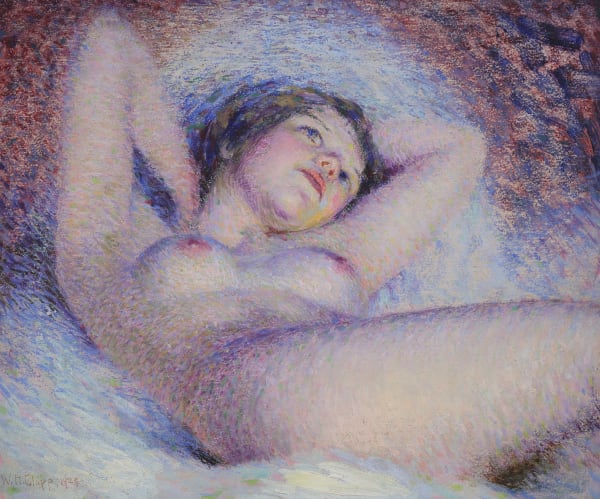
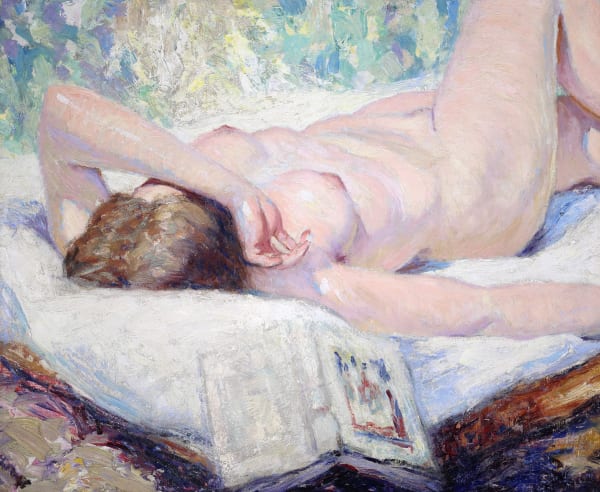
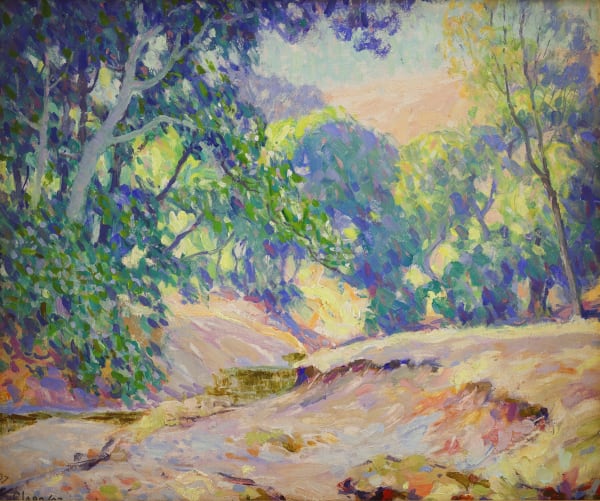
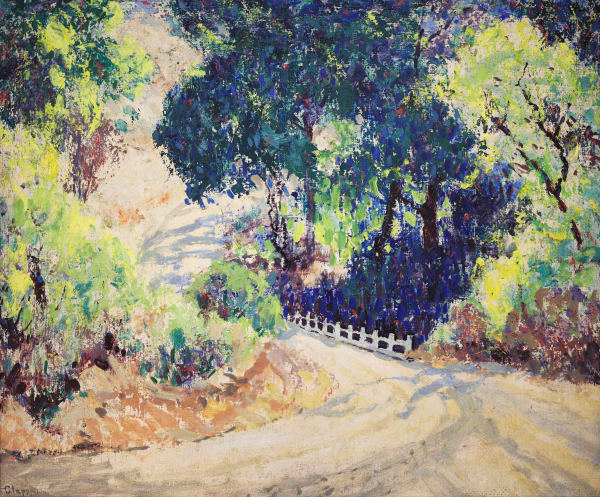

William Henry Clapp (October 29, 1879-April 21, 1954), born in Montreal, and a U.S. citizen due to his American parents, left an indelible mark as a Canadian-American painter and art curator. Known for his Impressionist and Pointillist masterpieces, he seamlessly blended vibrant landscapes and figures with broken colour and dappled light.

William Henry Clapp; Bookworm, 1930
Raised in Oakland, California, since 1885, Clapp's artistic journey commenced at the Art Association of Montreal under the tutelage of William Brymner. Fellow students included Clarence Gagnon and Henri Hébert and the three artists moved to Paris in the fall of 1904. There he spent four years immersing himself in the Academies Julian, Colarossi, and Grand Chaumière, embracing the tenets of Impressionism. In 1906, he showcased his work at the Salon d'Automne in Paris, signaling a pivotal moment in his artistic evolution.
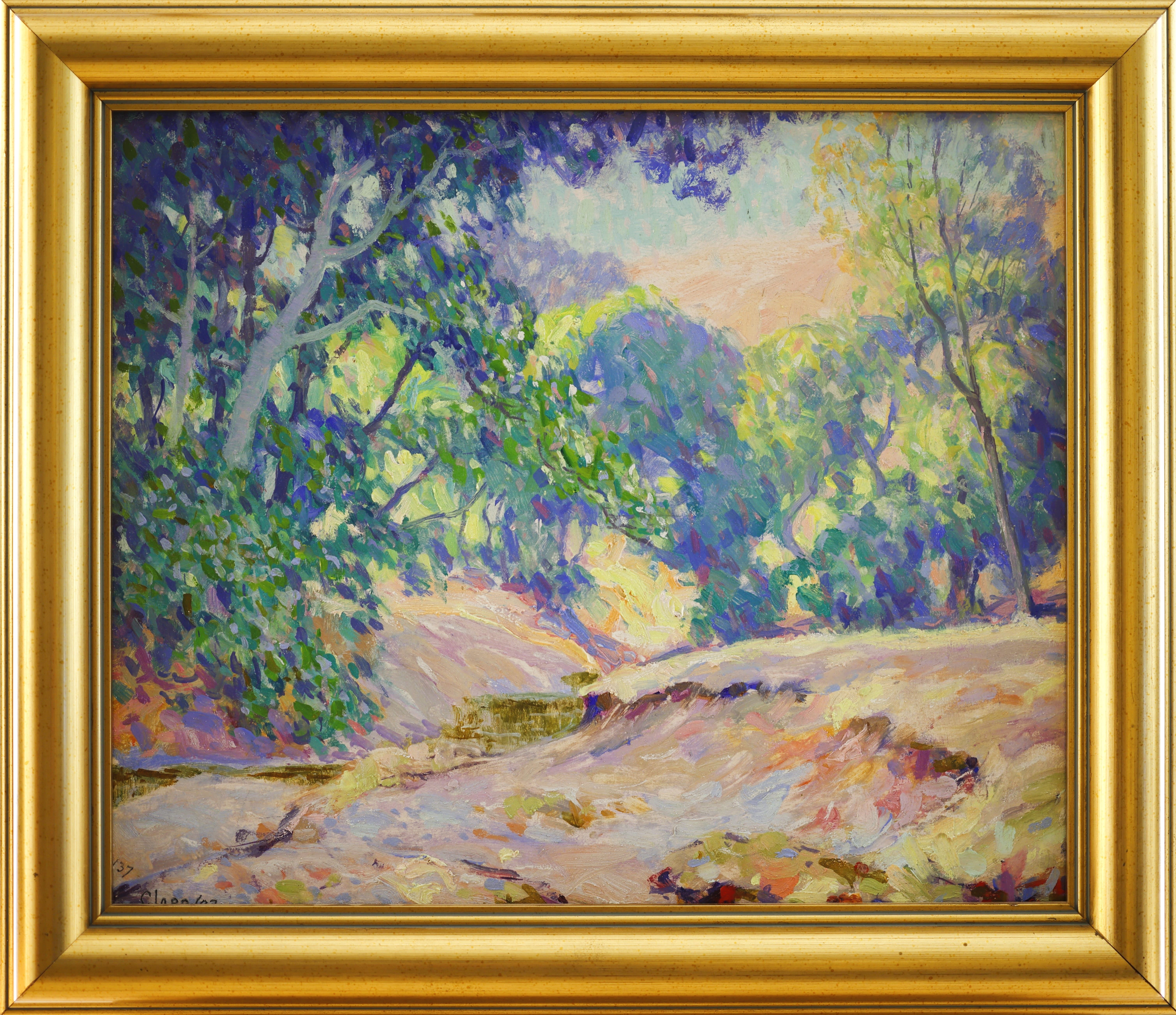
William Henry Clapp; Overhanging Streambank
During his four-year sojourn in France, Clapp's style underwent a transformative shift toward a personal form of Impressionism, bordering on Pointillism. His canvases, inspired by Monet, radiated brilliance with high-keyed, colourful landscapes and academic-influenced, idealized nudes. His European travels included studying in Madrid with William Laparra and regular visits to the Prado Museum, all contributing to the rich tapestry of his artistic expression.

William Henry Clapp; Daydreamer, 1929
Returning to Montreal in 1908, Clapp introduced his innovative interpretation of Impressionism to Canadian subject matter, a move met with mixed reactions. Notably, he shared the Jessie Dow Prize with Helen McNicoll at the Art Association of Montreal's Spring Exhibition in 1908. Subsequently, Clapp embarked on a global artistic tour, painting in Canada, France, Spain, and Cuba.
In 1915, he settled in Cuba until 1917, before returning to Oakland, California. There, he co-founded the Society of Six and authored their manifesto. From 1918 to 1952, Clapp served as the curator of the Oakland Art Gallery, showcasing and selling paintings from the Society of Six. His influence extended beyond the canvas, as he became a member of the Canadian Art Club and the Royal Canadian Academy of Arts.
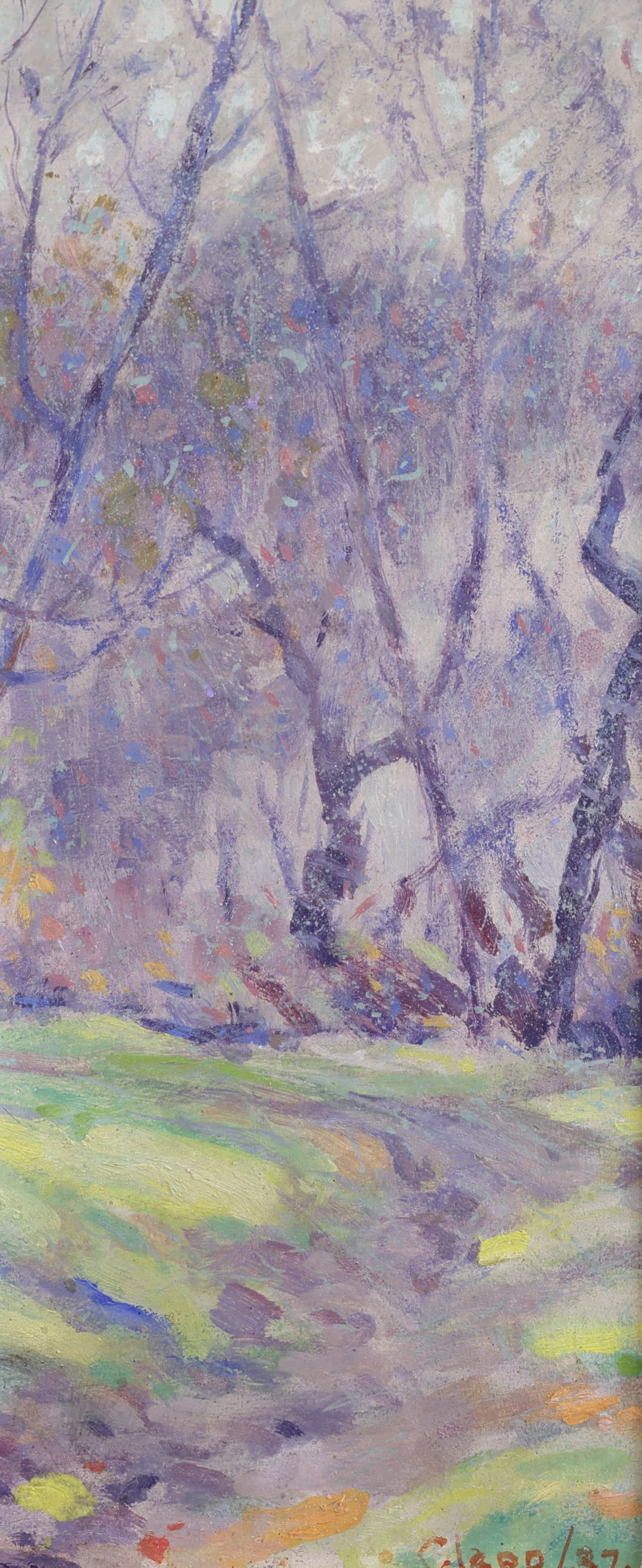
William Henry Clapp; Path Through the Trees
Residing in Piedmont, California, with his wife Gertrude, Clapp's legacy endures. He passed away on April 21, 1954, at the age of 74, leaving behind a rich collection of artwork displayed at prestigious institutions like the Smithsonian American Art Museum and the Musée national des beaux-arts du Québec. His Impressionist and Pointillist paintings, alive with broken colour and dappled light, remain a testament to his enduring impact on the art world.
This website uses cookies
This site uses cookies to help make it more useful to you. Please contact us to find out more about our Cookie Policy.